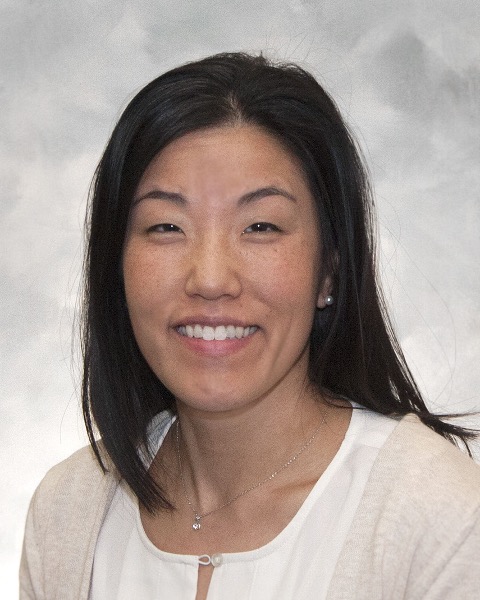Interventional Oncology
MR susceptibility-weighted imaging during transurethral prostate sono-ablation procedures for guidance of device placement to counter effect of intra-prostatic calcifications

Jessica Lee, MD
Assistant Professor of Clinical Radiology and Biomedical Imaging
Yale School of MedicineDisclosure(s): No financial relationships to disclose

Pejman Ghanouni, MD, PhD
Associate Professor of Radiology
Stanford University Medical Center- DC
Daniel Costa, MD
Associate Professor of Radiology
University of Texas Southwestern Medical Center - CS
Clifford Shin, MD, PhD
Resident
Yale School of Medicine - PK
Pooyan Khalighinejad, MD
Resident Physician
University of Texas Southwestern Medical Center - PS
Preston Sprenkle, MD
Associate Professor of Urology
Yale School of Medicine 
Raj Ayyagari, MD, FSIR
Associate Professor
Yale School of Medicine- RS
Robert Staruch, PhD
Director of Clinical Science
Profound Medical - AB
Amanda Beserra, MSc
Lead Clinical Scientist
Profound Medical - SA
Sandeep Arora, MD
Associate Professor of Radiology and Biomedical Imaging
Yale School of Medicine
Presenting Author(s)
Author/Co-author(s)
Materials and Methods:
Pre-TULSA screening for calcifications (calcs) was performed with CT for 17 men. The mean (range) of CT slice thickness was 1.6 (0.6-5.0) mm. When relevant calcs were detected, intraprocedural SWI (1.0mm slices) was used to guide positioning of UA elements with respect to calcs. Calcification in-plane & through-plane diameters were measured on CT & SWI, & their impact on ablation coverage was assessed using MR thermometry. Maximum temperature & thermal dose maps from MR thermometry were segmented in 90-degree quadrants across the active UA elements, with presence of calcification assessed based on SWI magnitude & phase images.
Results: 25 prostatic calcs were identified across 17 men. All calcs identified on CT were visible on SWI. In 4 men, SWI phase images were used to differentiate calcs from iron. Mean (range) diameter was 3.8 (1.4-10.4) mm on CT & 4.0 (2.2-10.8) mm using SWI. SWI diameters were larger by median 22% in at least one dimension for all men & in 42/50 measurements overall. With SWI-guided UA placement in 9 men, median (IQR) proportion of target volume reaching boiling temperature was 4.0 (2-8.0) % & 3.0 (0-7.0) % in sectors with & without calcs based on MR thermometry. Adequate thermal dose was achieved in men with & without calcs: 98 (93-100) % vs 98 (95-100) %. In the pivotal trial of 115 patients, which did not have SWI-guided UA placement, 93% (90-98%) of quadrants with calcs reached adequate thermal coverage compared to 98 (93-100)% overall & 6 (1-9)% with calcs had target volume approaching boiling vs 0 (0-5) % overall.
Conclusion: Intraprocedural SWI detected all CT-identified calcifications, tending to overestimate the diameter but guiding effective device positioning. CT remains the gold standard for pre-TULSA calcification screening, and further studies are warranted to optimize SWI protocols, correlate the size of calcifications on CT and SWI, and predict their impact on ablation coverage.

.png)
.png)
.jpg)
.jpg)
.png)
.png)
.png)
.png)
.jpg)